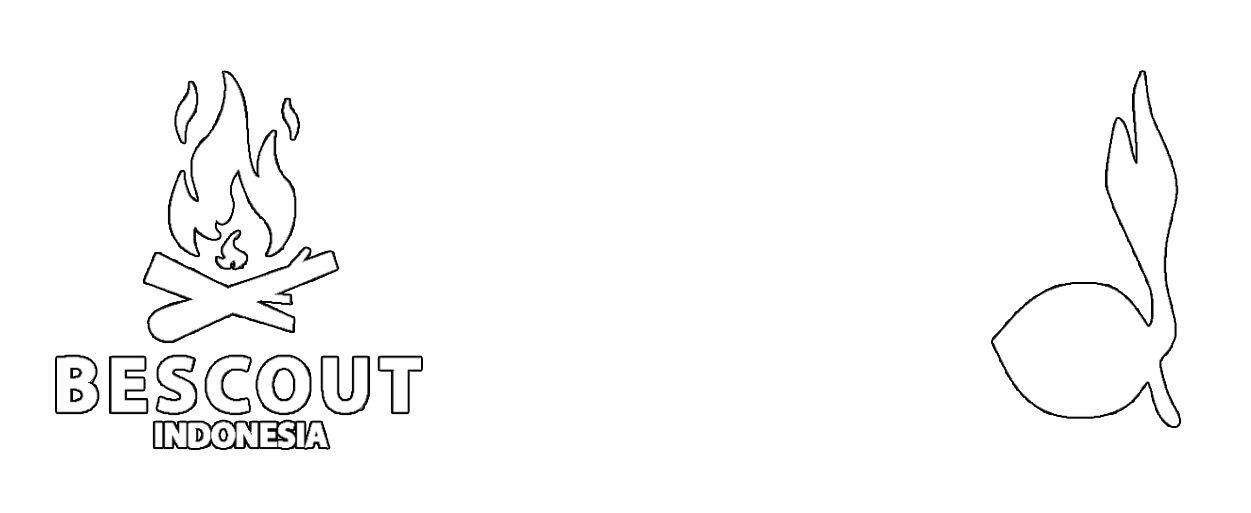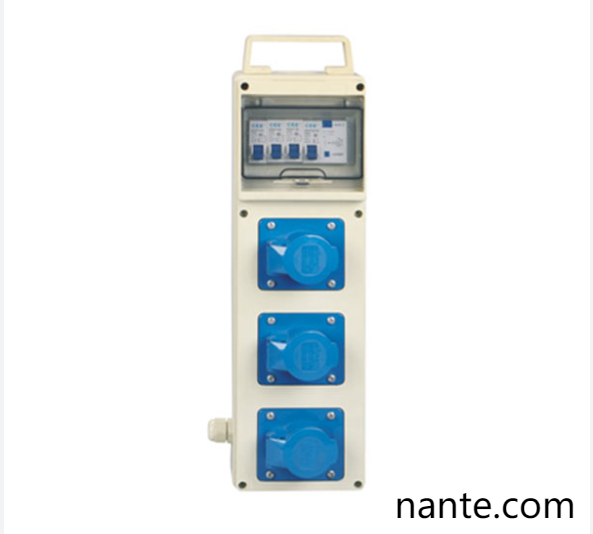As industries transition to solar, wind, and hybrid energy systems, the electrical infrastructure supporting these technologies undergoes critical evolution. Forward-thinking manufacturers are redefining power distribution units to bridge traditional grids with decentralized renewable sources, ensuring reliability in mining operations, offshore wind farms, and solar-powered factories .
Bridging Renewable Systems with Legacy Infrastructure
Modern distribution units now prioritize multi-voltage adaptability, accommodating fluctuating inputs from solar arrays (DC 150-1000V) and wind turbines (AC 400-690V). Advanced models feature dynamic load-balancing circuits that automatically adjust to voltage swings caused by weather variations, a capability highlighted in Chile’s mining sector deployments . Interlocked socket designs—compliant with IEC 60309 standards—prevent accidental disconnections during energy source switching, a critical feature for hybrid solar-diesel setups in remote areas .
Optimizing Energy Transfer Efficiency
To minimize losses in renewable energy chains, manufacturers employ military-grade insulation materials that reduce thermal leakage by 18% compared to conventional units. Integrated smart monitoring systems track real-time consumption patterns, enabling factories using photovoltaic systems to reroute surplus energy to storage batteries or high-priority machinery . Case studies from German automotive plants show how IP67-rated enclosures prevent dust-induced resistance increases, maintaining 99.2% conductivity in desert-based solar farms .
Compliance-Driven Engineering for Global Markets
With the EU’s EN 50618 mandating solar-specific connectors and China’s GB/T 11918-2022 updating industrial socket safety protocols, industrial socket box manufacturers now embed dual-certification architectures. These units simultaneously meet regional standards like AS/NZS 3123 in Australian wind projects and NEC 409.130 in U.S. solar installations, eliminating the need for costly adapters .
Modularity for Scalable Deployments
Leading suppliers offer stackable configurations where 32A single-phase sockets can be combined with 125A three-phase units, ideal for expanding solar farms. Waterproof rotary switches allow on-site voltage adjustments—critical when integrating legacy 240V equipment with 480V wind turbine outputs . A Shanghai shipyard project demonstrated this flexibility, using modular units to power 50+ welding stations and 10kW LED lighting grids from a single tidal energy converter .
Safety Innovations for Hazardous Environments
Explosion-proof variants with stainless steel casings and ceramic terminals now serve oil refineries adopting hydrogen fuel cells. These designs suppress arc flashes in volatile atmospheres while supporting 630A continuous loads—proven during Norway’s offshore wind-to-hydrogen pilot . Dual-layer surge protection circuits also shield sensitive inverters from lightning strikes, a breakthrough adopted in Brazil’s hurricane-prone solar communities .
For enterprises navigating this transition, www.nante.com delivers future-proof systems combining IEC 60947-certified safety mechanisms with renewable-ready architectures. Their hybrid distribution panels enable seamless switching between grid power and solar/wind sources, exemplifying the sector’s commitment to sustainable innovation.

